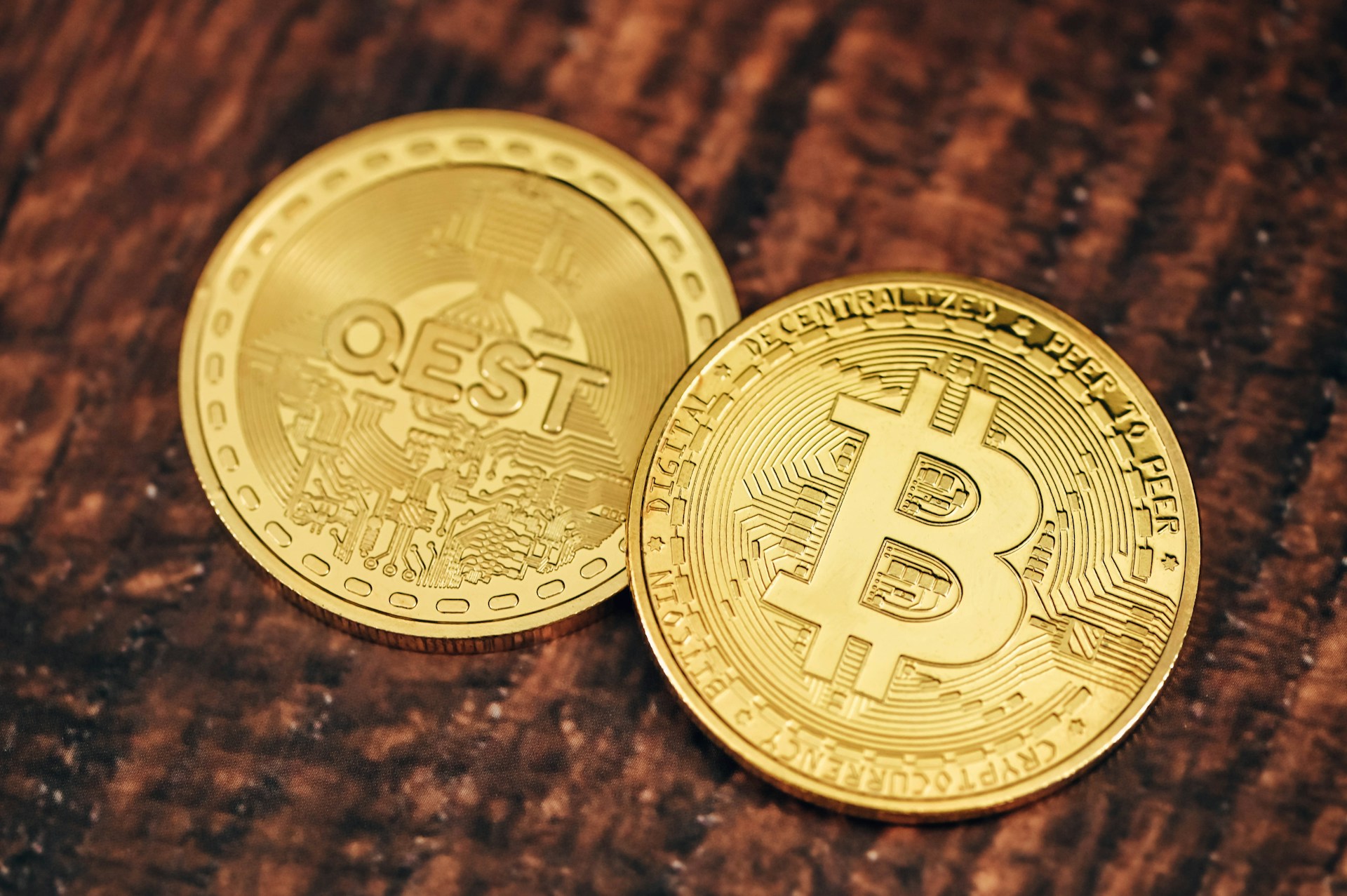
How to Buy Bitcoin in 2025: The Complete Beginner’s Guide
Bitcoin, often referred to as digital gold, is a decentralized cryptocurrency that was introduced in 2009 by an anonymous entity known as Satoshi Nakamoto. Unlike traditional currencies issued by governments, Bitcoin operates on a peer-to-peer network, allowing users to send and receive payments without the need for intermediaries such as banks. This decentralized nature is made possible through blockchain technology, which serves as a public ledger that records all transactions across the network.
Each transaction is grouped into blocks, which are then linked together in chronological order, creating an immutable chain of data that is transparent and secure. The underlying technology of Bitcoin relies on cryptographic principles to ensure the integrity and security of transactions. When a user initiates a transaction, it is broadcasted to the network, where miners—individuals or entities with powerful computers—compete to validate the transaction by solving complex mathematical problems.
Once a miner successfully solves the problem, the transaction is added to a new block, which is then appended to the blockchain. This process not only confirms the transaction but also generates new bitcoins as a reward for the miner’s efforts. The total supply of Bitcoin is capped at 21 million coins, making it a deflationary asset that contrasts sharply with fiat currencies that can be printed at will.
Thinking about getting into crypto? Learning how to buy bitcoin is your first step. Bitcoin is the world’s most popular cryptocurrency, and buying it has become easier than ever. You can start by choosing a reliable exchange, setting up an account, and verifying your identity. Once you’re set up, you can fund your wallet and make your first purchase.
Hardware Wallets: Security Over Convenience
Hardware wallets are physical devices that store your private keys offline, providing a high level of security against hacking and malware. Popular examples include Ledger Nano S and Trezor. These wallets are ideal for long-term investors who prioritize security over convenience.
Software Wallets: A Range of Options
Software wallets can be further divided into desktop, mobile, and web wallets. Desktop wallets are installed on a personal computer and offer a good balance between security and usability. Mobile wallets, such as Trust Wallet or Mycelium, allow users to manage their Bitcoin on-the-go, making them suitable for everyday transactions. Web wallets, while convenient for quick access from any device with internet connectivity, are generally considered less secure due to their vulnerability to online attacks.
Choosing the Right Wallet for Your Needs
Choosing the right wallet ultimately depends on your individual needs and how you plan to use Bitcoin. If you intend to hold your investment for an extended period without frequent transactions, a hardware wallet may be the best option. Conversely, if you plan to use Bitcoin for daily purchases or trading, a mobile or web wallet could provide the necessary convenience. It’s essential to evaluate factors such as security features, ease of use, and backup options before making your decision.
Acquiring Bitcoin typically involves using a cryptocurrency exchange, which acts as a marketplace for buying and selling digital assets. With numerous exchanges available today, it can be challenging to determine which one is reliable and suitable for your needs. When evaluating exchanges, several key factors should be considered: security measures, fees, user experience, and available payment methods.
Security is paramount when choosing an exchange since it directly impacts the safety of your funds. Look for exchanges that implement robust security protocols such as two-factor authentication (2FA), cold storage for the majority of funds, and regular security audits. Well-known exchanges like Coinbase and Binance have established reputations for their security practices but still require users to exercise caution by enabling additional security features.
Fees can vary significantly between exchanges and can impact your overall investment returns. Some exchanges charge a flat fee per transaction, while others may have variable fees based on trading volume or payment method. It’s essential to read the fine print regarding deposit and withdrawal fees as well.
User experience is another critical aspect; an intuitive interface can make the buying process smoother, especially for beginners. Additionally, consider the payment methods offered by the exchange—some may allow bank transfers or credit card payments, while others may only accept cryptocurrency deposits.
Once you have selected a reliable exchange and set up your account, you are ready to purchase your first Bitcoin. The process typically begins with verifying your identity through Know Your Customer (KYC) procedures mandated by regulatory authorities. This may involve submitting identification documents such as a driver’s license or passport along with proof of address.
After completing the verification process, you will need to fund your account. Most exchanges offer various funding options including bank transfers, credit cards, or even PayPal in some cases. Bank transfers usually have lower fees but may take longer to process compared to credit card transactions.
Once your account is funded, navigate to the trading section of the exchange where you can place an order for Bitcoin. You can choose between different types of orders: market orders execute immediately at the current market price, while limit orders allow you to set a specific price at which you want to buy. After placing your order, it’s essential to monitor its status until it is filled.
Once your purchase is complete, you will see the Bitcoin reflected in your exchange wallet. However, it’s advisable not to leave your Bitcoin on the exchange for an extended period due to potential security risks associated with online platforms. Instead, consider transferring your newly acquired Bitcoin to your chosen wallet for safekeeping.
Storing Bitcoin securely is crucial for protecting your investment from theft or loss. After purchasing Bitcoin from an exchange, transferring it to a personal wallet is one of the best practices you can adopt. Hardware wallets are often recommended for long-term storage due to their offline nature; they keep your private keys away from potential online threats.
When using a hardware wallet, ensure that you purchase it directly from the manufacturer to avoid tampering. In addition to using hardware wallets, implementing strong security measures is vital regardless of the wallet type you choose. For software wallets, enable two-factor authentication (2FA) whenever possible; this adds an extra layer of protection by requiring a second form of verification in addition to your password.
Regularly updating your wallet software can also help protect against vulnerabilities that may be exploited by hackers. Another critical aspect of securing your Bitcoin is creating backups of your wallet’s recovery phrase or private keys. This information is essential for recovering access to your funds in case of device loss or failure.
Store this information in a secure location—preferably offline—and consider using multiple backup methods such as writing it down on paper or using encrypted USB drives.
Price Volatility
Bitcoin has experienced dramatic price fluctuations since its inception. In late 2017, it reached an all-time high near $20,000 before plummeting to around $3,000 in 2018. Such fluctuations can lead to substantial gains but also devastating losses if not managed properly.
Regulatory Risks
Governments around the world are still grappling with how to regulate cryptocurrencies effectively. Changes in regulations can impact market sentiment and influence prices significantly. For example, when China announced crackdowns on cryptocurrency trading in 2021, it led to sharp declines in Bitcoin’s value.
Managing Risks and Maximizing Returns
To mitigate these risks, investors should adopt strategies such as dollar-cost averaging (DCA), which involves investing a fixed amount regularly regardless of price fluctuations. This approach helps reduce the impact of volatility over time by spreading out purchases across different price points. Additionally, diversifying your investment portfolio by including other asset classes can help balance risk exposure. Understanding these risks and implementing sound investment strategies can help individuals navigate the complexities of investing in Bitcoin while maximizing their potential returns.


